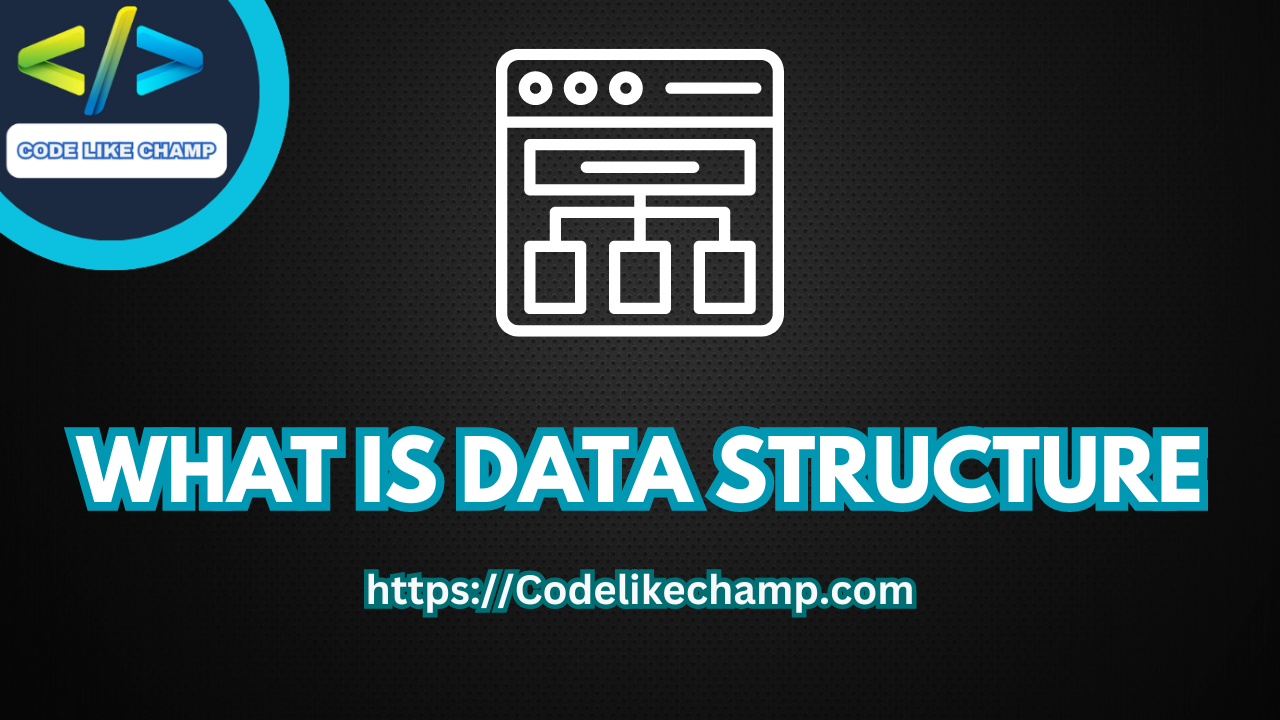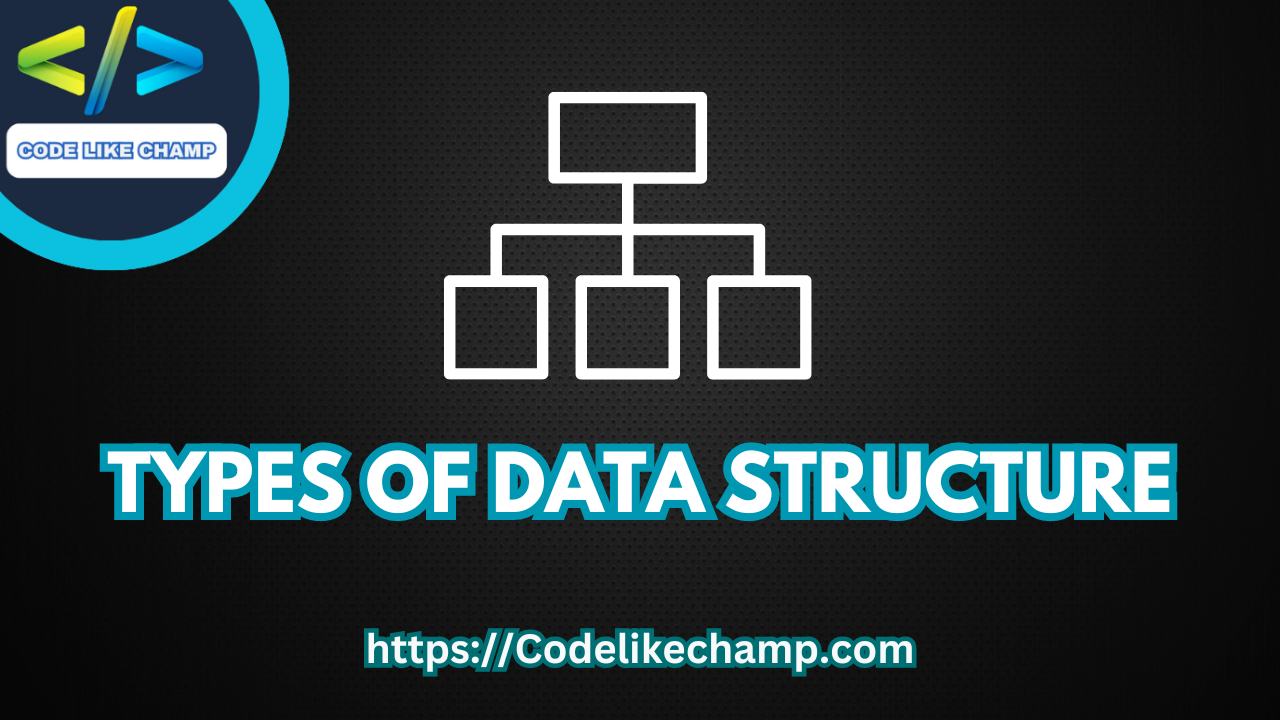Sparse Array in Data Structures
Introduction
In the realm of data structures, efficiency is paramount. As datasets grow larger and more complex, the need for optimized storage and retrieval becomes increasingly vital. Sparse array emerge as a powerful tool in this pursuit, offering a streamlined approach to handling datasets with significant amounts of empty or default values. In this article, we delve into the intricacies of sparse arrays, exploring their definition, applications, characteristics, types, advantages, and disadvantages.
WANT TO PRO IN DATA STRUCTURE JUST VISIT THIS PAGE IT WILL BE BENEFICIAL FOR YOU –>> DATA STRUCTURE

What is Sparse Arrays?
A sparse array is a data structure used to efficiently store arrays where the majority of elements have a default value or are empty. Unlike traditional arrays that allocate memory for every element, sparse arrays only allocate memory for non-default or non-empty elements, thereby saving space and enhancing performance.
Why Use Sparse Arrays in Data Structures?
Sparse arrays find extensive use in scenarios where memory efficiency is crucial. In datasets with large dimensions and a substantial number of default values, sparse arrays drastically reduce memory consumption by omitting storage for empty or default elements. This efficiency is particularly advantageous in applications involving matrices, graphs, and high-dimensional datasets.
Characteristics of Sparse Arrays
- Memory efficiency: Sparse arrays optimize memory usage by only allocating space for non-empty elements.
- Variable size: Sparse arrays can dynamically resize to accommodate new non-empty elements.
- Sparse representation: They employ efficient data structures, such as dictionaries or linked lists, to represent non-empty elements, minimizing overhead.
Types of Sparse Arrays
Sparse arrays can be categorized based on their underlying data structures for representing non-empty elements. Common types include:
- Dictionary-based sparse arrays: Utilize key-value pairs to store non-empty elements, offering fast access and dynamic resizing.
- Linked list-based sparse arrays: Employ linked lists to represent non-empty elements, facilitating efficient insertion and deletion operations.
- Compressed sparse row (CSR) arrays: Optimize memory usage by storing only non-zero elements along with their indices, enabling efficient traversal and manipulation.
Advantages of Sparse Arrays
- Reduced memory footprint: Sparse arrays significantly decrease memory consumption by omitting storage for empty elements.
- Improved performance: With fewer elements to iterate through, sparse arrays enhance computational efficiency, especially in large datasets.
- Dynamic resizing: Sparse arrays can dynamically adjust their size to accommodate new non-empty elements, offering flexibility in handling evolving datasets.
Disadvantages of Sparse Arrays
- Overhead: Sparse arrays incur overhead in terms of additional data structures used to represent non-empty elements.
- Complexity: Implementing sparse arrays can be more intricate compared to traditional arrays, requiring careful consideration of data structures and algorithms.
- Limited applicability: Sparse arrays are best suited for datasets with a significant number of empty or default values, making them less suitable for dense datasets.
Code Examples
Below are code snippets demonstrating the implementation of sparse arrays in various programming languages:
C#
// C# code to demonstrate sparse array using Dictionary
using System;
using System.Collections.Generic;
class SparseArrayDemo
{
static void Main(string[] args)
{
Dictionary<int, int> sparseArray = new Dictionary<int, int>();
sparseArray.Add(0, 5);
sparseArray.Add(2, 10);
sparseArray.Add(5, 15);
Console.WriteLine("Sparse Array:");
foreach (var kvp in sparseArray)
{
Console.WriteLine($"Index: {kvp.Key}, Value: {kvp.Value}");
}
}
}
Output:
Sparse Array: Index: 0, Value: 5 Index: 2, Value: 10 Index: 5, Value: 15
C
#include <stdio.h>
#define SIZE 10
void printSparseArray(int arr[], int n) {
printf("Sparse Array:\n");
for (int i = 0; i < SIZE; i++) {
if (arr[i] != 0) {
printf("Index: %d, Value: %d\n", i, arr[i]);
}
}
}
int main() {
int sparseArray[SIZE] = {0, 0, 5, 0, 0, 10, 0, 0, 0, 15};
printSparseArray(sparseArray, SIZE);
return 0;
}
Output:
Sparse Array: Index: 2, Value: 5 Index: 5, Value: 10 Index: 9, Value: 15
C++
#include <iostream>
#include <unordered_map>
using namespace std;
int main() {
unordered_map<int, int> sparseArray;
sparseArray[0] = 5;
sparseArray[2] = 10;
sparseArray[5] = 15;
cout << "Sparse Array:" << endl;
for (auto& kvp : sparseArray) {
cout << "Index: " << kvp.first << ", Value: " << kvp.second << endl;
}
return 0;
}
Output:
Sparse Array: Index: 0, Value: 5 Index: 2, Value: 10 Index: 5, Value: 15
Python
sparse_array = {0: 5, 2: 10, 5: 15}
print("Sparse Array:")
for index, value in sparse_array.items():
print(f"Index: {index}, Value: {value}")
Output:
Sparse Array: Index: 0, Value: 5 Index: 2, Value: 10 Index: 5, Value: 15
PHP
<?php
$sparseArray = array(0 => 5, 2 => 10, 5 => 15);
echo "Sparse Array:\n";
foreach ($sparseArray as $index => $value) {
echo "Index: $index, Value: $value\n";
}
?>
Output:
Sparse Array: Index: 0, Value: 5 Index: 2, Value: 10 Index: 5, Value: 15
Java
import java.util.HashMap;
public class SparseArrayDemo {
public static void main(String[] args) {
HashMap<Integer, Integer> sparseArray = new HashMap<>();
sparseArray.put(0, 5);
sparseArray.put(2, 10);
sparseArray.put(5, 15);
System.out.println("Sparse Array:");
for (int index : sparseArray.keySet()) {
System.out.println("Index: " + index + ", Value: " + sparseArray.get(index));
}
}
}
Output:
Sparse Array: Index: 0, Value: 5 Index: 2, Value: 10 Index: 5, Value: 15
JavaScript
let sparseArray = {0: 5, 2: 10, 5: 15};
console.log("Sparse Array:");
for (let index in sparseArray) {
console.log(`Index: ${index}, Value: ${sparseArray[index]}`);
}
Output:
Sparse Array: Index: 0, Value: 5 Index: 2, Value: 10 Index: 5, Value: 15
Conclusion
Sparse arrays offer a sophisticated solution to the challenge of efficiently storing and manipulating large datasets with a significant number of empty or default values. By minimizing memory usage and enhancing computational efficiency, sparse arrays play a crucial role in optimizing performance across various applications. While they come with certain complexities and limitations, their advantages far outweigh the drawbacks, making them indispensable tools in the realm of data structures and algorithms. Whether in C#, C, C++, Python, PHP, Java, or JavaScript, the versatility and effectiveness of sparse arrays remain unparalleled, empowering developers to tackle complex problems with elegance and precision.
For more visit my website Codelikechamp.com




